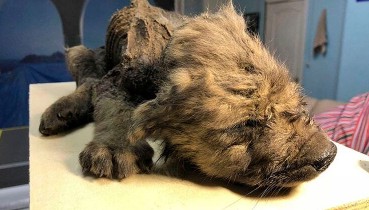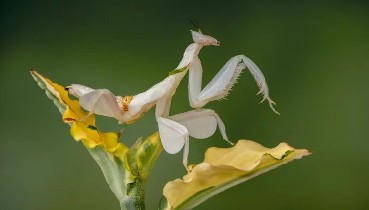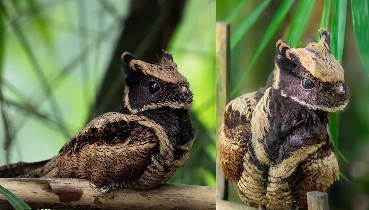
A Black Canada Lynx Has Been Caught On Camera for the First Time Ever
The experts who have studied the footage confirmed it is a Canadian lynx, and not a bobcat (Lynx rufus). “It had a black coat containing whitish gray guard hairs throughout, as well as whitish gray hairs in the facial ruff and the rostrum and dorsal regions,” Jung said in a statement.
Melanism – an increase in the body’s production of melanin, the pigment responsible for color – is relatively common among cats, with about a third of all felid species reported to have a melanistic polymorph. Black panthers, for example, are just melanistic leopards or jaguars. These kinds of genetic mutations can either be beneficial to the animal (adaptive) or have a negative effect (maladaptive).
Color polymorphisms in the genus Lynx has only been observed a few times. The adaptive significance of melanism in lynx is unknown, but the loss of camouflage when hunting during winter is likely maladaptive, according to Jung. This means that the dark coat could put the animal at a disadvantage when hunting hares against a snowy landscape. Snowshoe hares (Lepus americanus) are the staple food for Canada lynx living in the northern section of their range that stretches mainly across Canada and Alaska, bordering some northern US states.
-
Advertisements
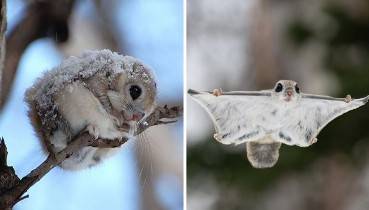 Japanese Flying Squirrels Are Probably The Cutest Animals On Earth
Japanese Flying Squirrels Are Probably The Cutest Animals On Earth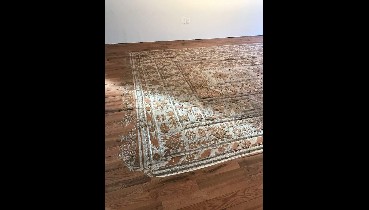 Talented Artist Carves Intricate Carpet Into Wooden Floor
Talented Artist Carves Intricate Carpet Into Wooden Floor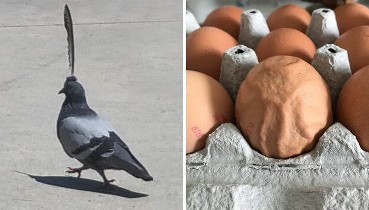 40 Times People Share ‘Mildly Interesting’ Things
40 Times People Share ‘Mildly Interesting’ Things 125 Inspiring Nature Tattoos Designed for Nature Lovers
125 Inspiring Nature Tattoos Designed for Nature Lovers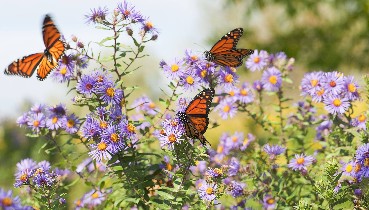 30 Unique Plants That Attract Butterflies
30 Unique Plants That Attract Butterflies
Recommended Videos
You may also like
 31 Hauntingly Beautiful Abandoned Places That Will Steal Your Breath Away
31 Hauntingly Beautiful Abandoned Places That Will Steal Your Breath Away 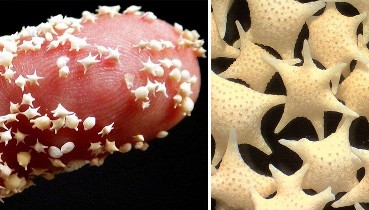 Make a Wish Upon the Stars at Japan’s Hoshizuna-no-Hama Beach
Make a Wish Upon the Stars at Japan’s Hoshizuna-no-Hama Beach 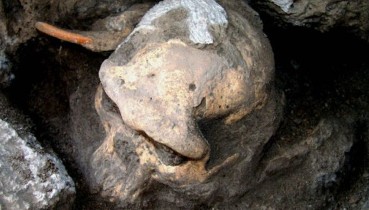 A Million-Year-Old Human Skull Has Prompted Scientists To Reconsider Early Human Evolution
A Million-Year-Old Human Skull Has Prompted Scientists To Reconsider Early Human Evolution  It’s Official: Astronomers Have Discovered another Earth
It’s Official: Astronomers Have Discovered another Earth
